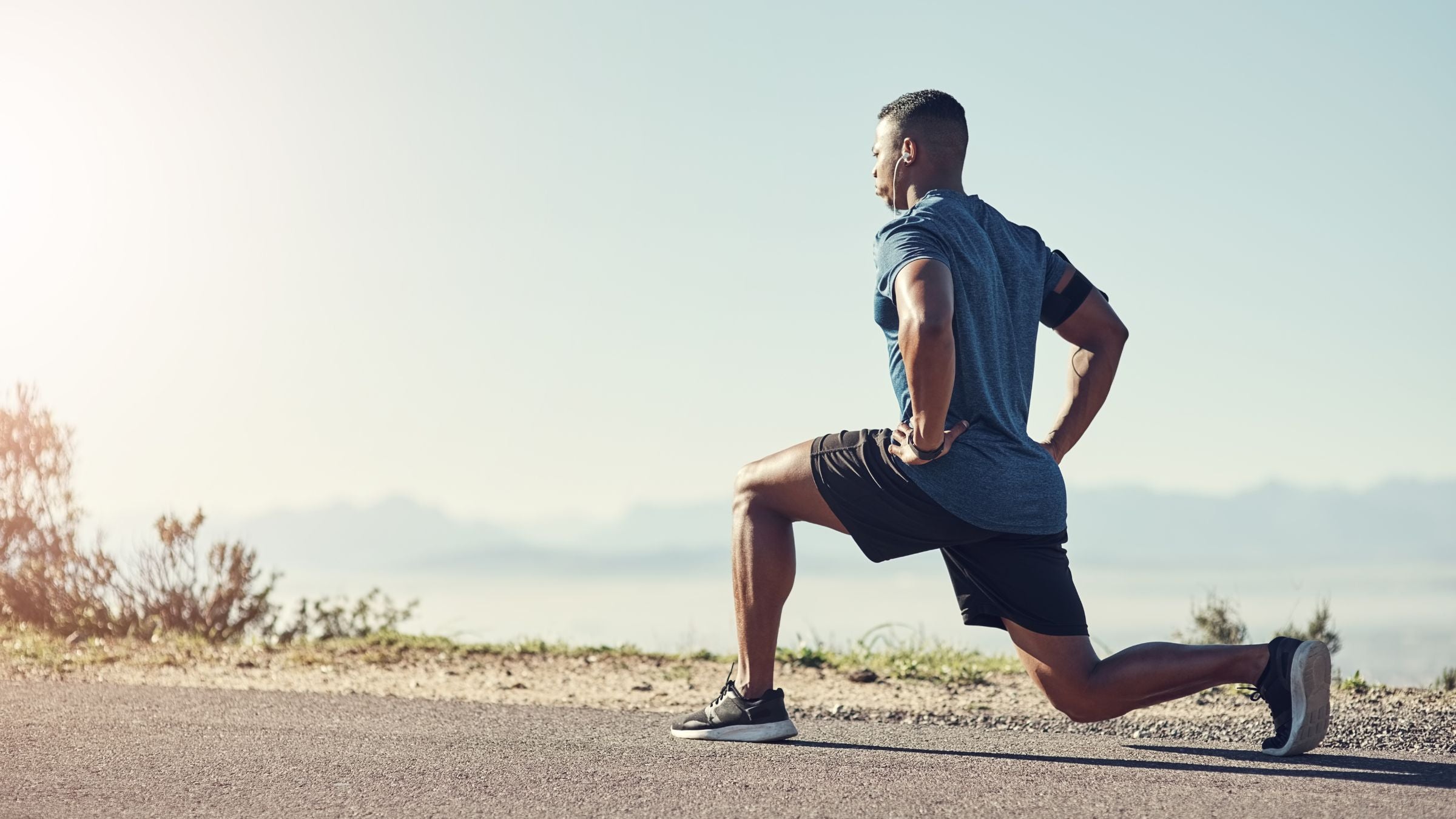Ask a Trainer: How Do I "Activate" Muscles Before a Workout?

(Photo: Getty Images)
Activation Drills for:
Every training session should start by preparing your body for the task at hand. That includes waking up, or “activating,” the muscle groups and patterns you will use. Another way to think about muscle activation is that you’re priming the body’s system to perform their best. Activation exercises improve intramuscular and intermuscular coordination, leading to safer, more effective training sessions.
Intramuscular coordination involves activating, or turning on, a specific muscle or the fibers that make up the muscle. Glute activation is one of the most important. Most of us spend a significant amount of time sitting on our backsides. The net effect of this is sleepy glutes (it’s so common, it’s got a name: Dead Butt Syndrome). Waking them up (or activating) your glutes before a run tells your muscles it’s time to get to work.
RELATED: Are You Weak In The Glutes?
What muscles should I be activating before a swim, bike, or run?
Intramuscular activation exercises for running and cycling are fairly similar. In both disciplines, activation should target the glutes, hip flexors, hamstrings, and anterior/posterior calves. Most activation exercises will incorporate the trunk musculature, too. With swimming, the lats and scapular muscles become more of a focus. We still need hip flexors and glutes in the game, but the upper body plays a larger role.
But we aren’t simply focusing on each muscle individually. After all, swimming, cycling and running require muscles to work in groups, so why should activation be any different? Intermuscular coordination refers to the collection of muscles that work together to produce, or prevent, movement. Rather than a specific muscle, we’re targeting movement patterns. While clamshell exercises will activate your glutes in terms of intramuscular coordination, they don’t engage your glutes through the specific movements required for your workout. Think in patterns, not muscles.
Along with activating muscles and patterns, we want to engage the spring system with light plyometrics. Run activation focuses on unilateral hip flexion/extension, knee extension, and ankle dorsi/plantar flexion. Cycling and swimming don’t have a plyometric component, so the focus is activating muscles and patterns that are like their respective motions.
RELATED: 5 Steps to Activate Your Glutes During Strength Training
Don’t make this common mistake
I frequently see athletes turn their activation process into a core workout. They spend far too much time performing far too many exercises. All we are trying to do is wake up the muscles and nervous system, as well as incorporate the patters for a given workout. To get the most out of your training sessions, make sure you activate and prime your system first. As you can see from the videos below, activating your muscles for swimming, cycling or running doesn’t have to be a lengthy, complicated process – sometimes a few moves before a workout are all you need to get going.
RELATED: 5 Top Pros Share Their Go-To Race Day Warm-Up Routines
Videos: How to activate muscles for swimming
Superband Shoulders (1 x 10 each)
Pull Through (1 x 10)
Prone Ws (1 x 10)
Videos: How to activate muscles for cycling
Run primer (1 x 10 each)
Split Squat 1x 10 each
Videos: How to activate muscles for running (with band)
Vertical Hip Primer (1 x 10)
Ankle Flicks (2 x 10m)
Skips (2 x 20 m)
X Band Primer (1 x 10/side)
Step back Lunge (1 x 10/side)
Videos: How to activate muscles for running (without band)
3 Way Hip Hinge (1 x 12/side)
Ankle Flicks (2 x 10m)
Skips (2 x 20m)
Kevin Purvis is a certified personal trainer with the National Strength and Conditioning Association. He’s based in Boulder, Colorado, where he works with a number of endurance athletes.